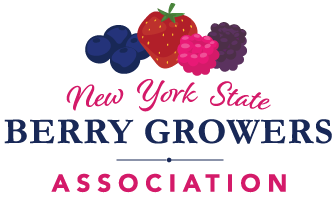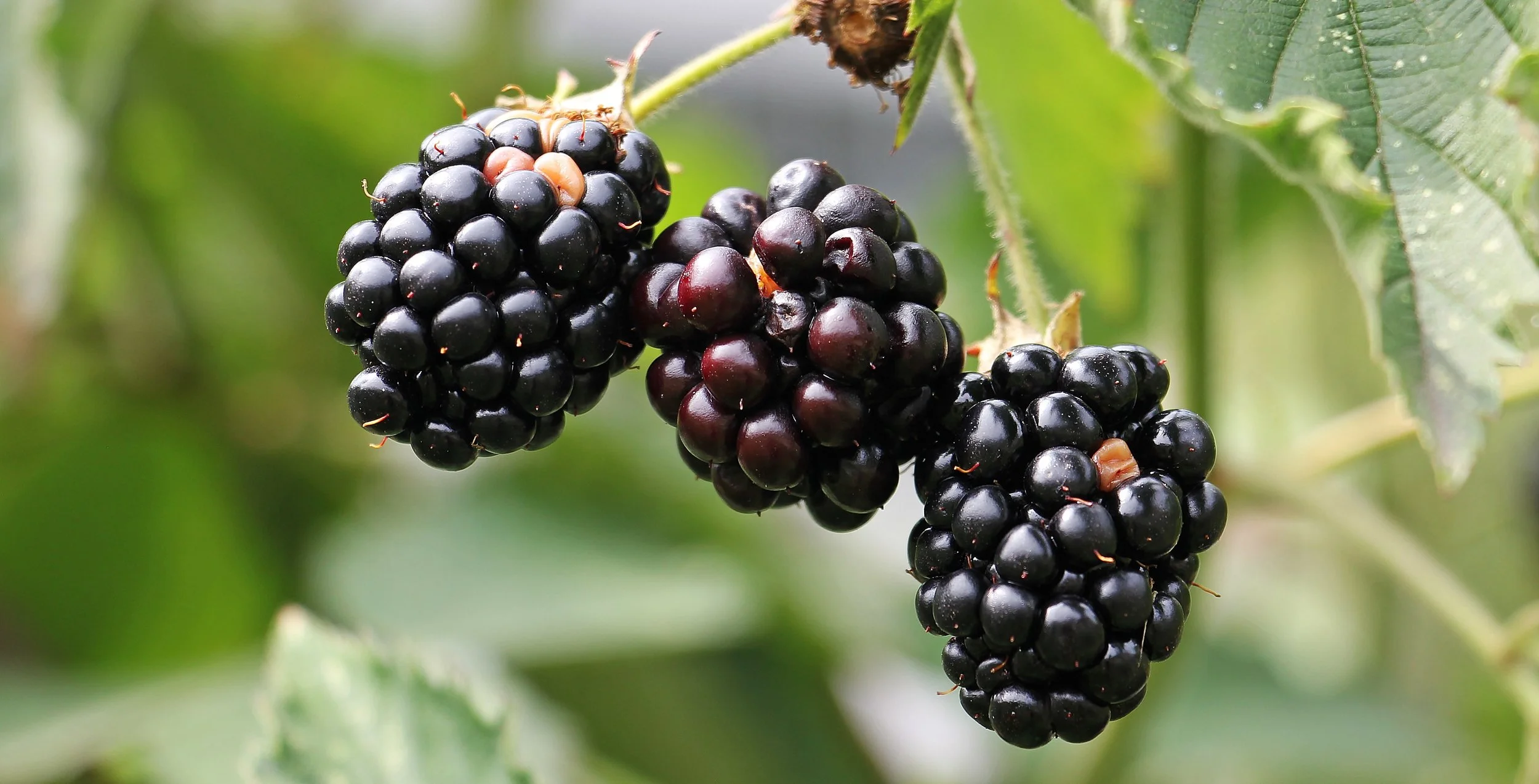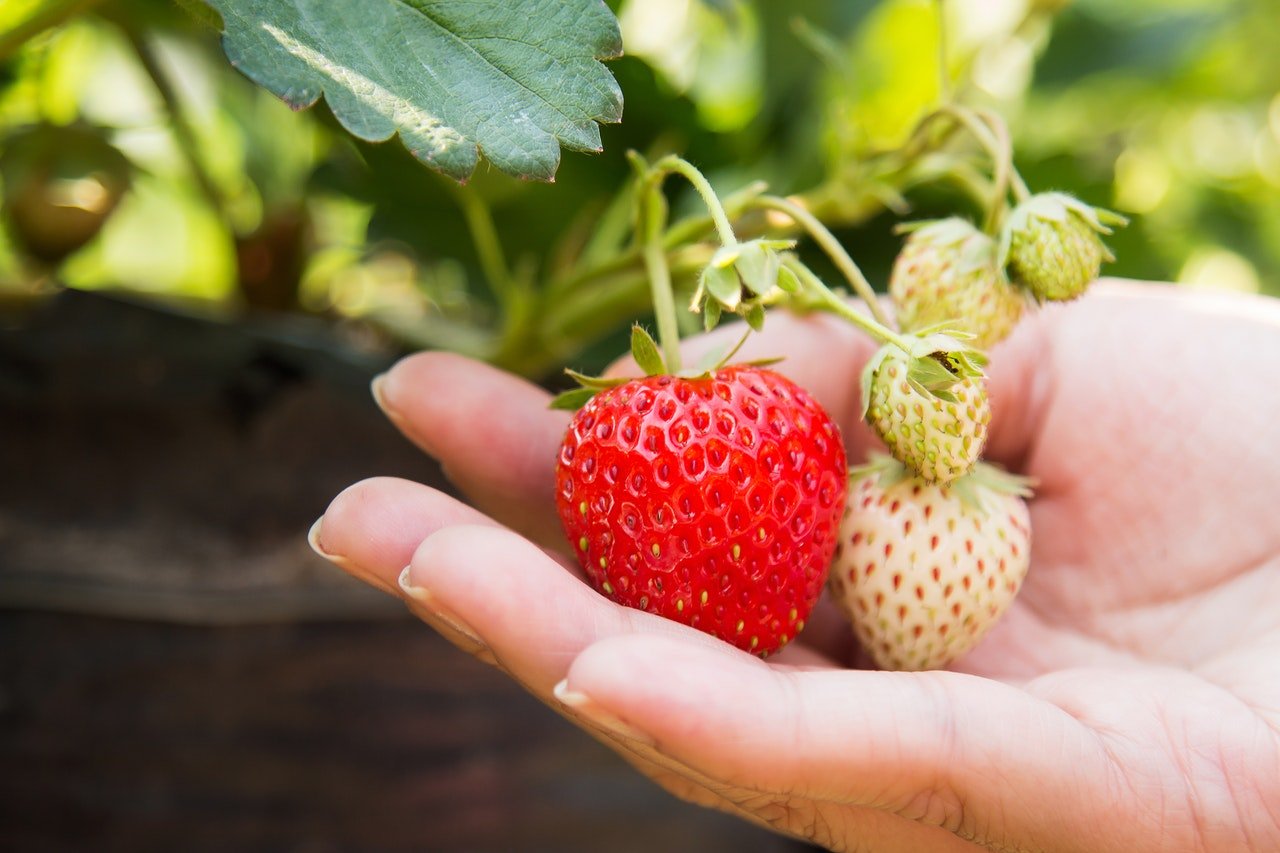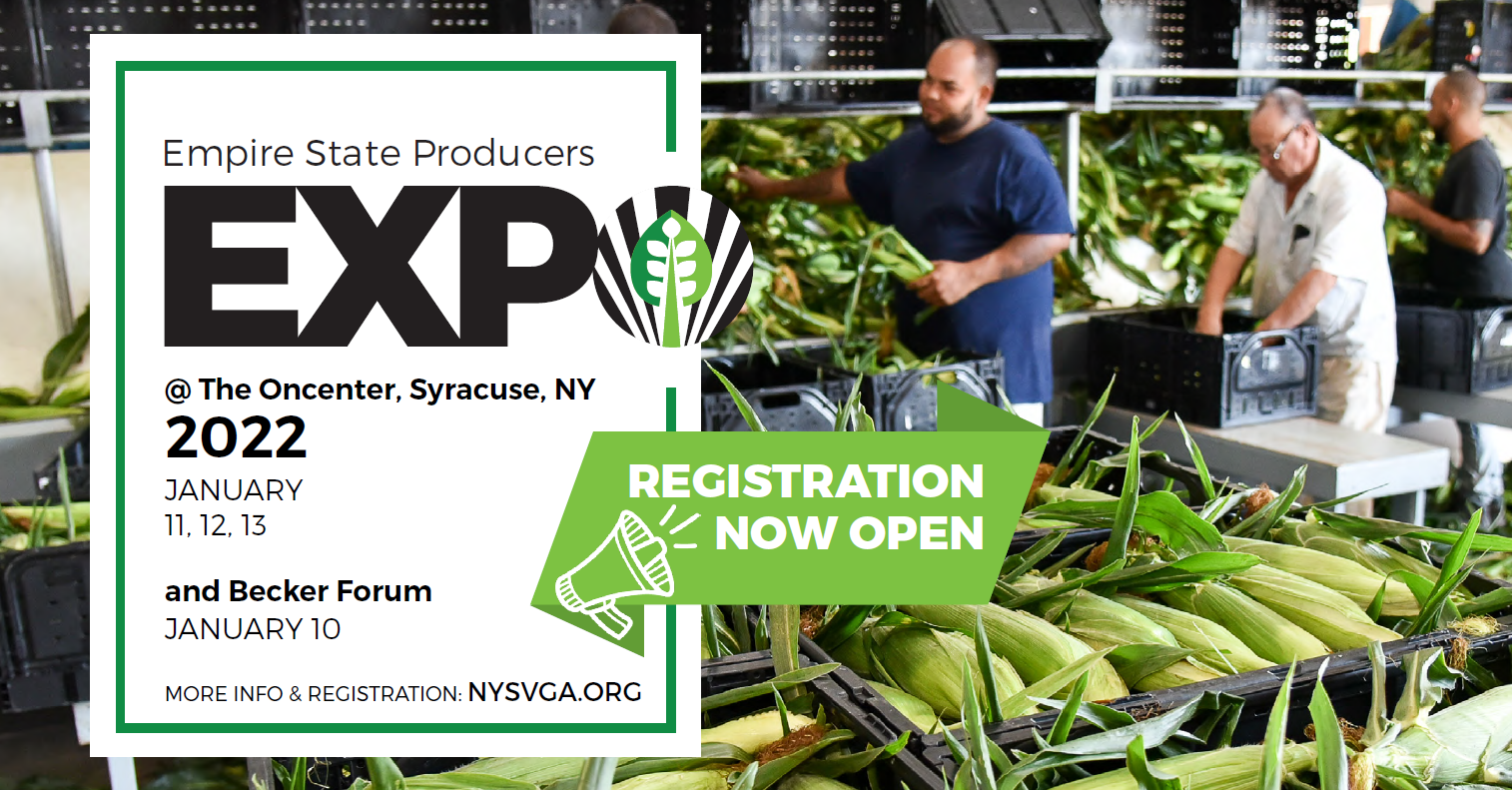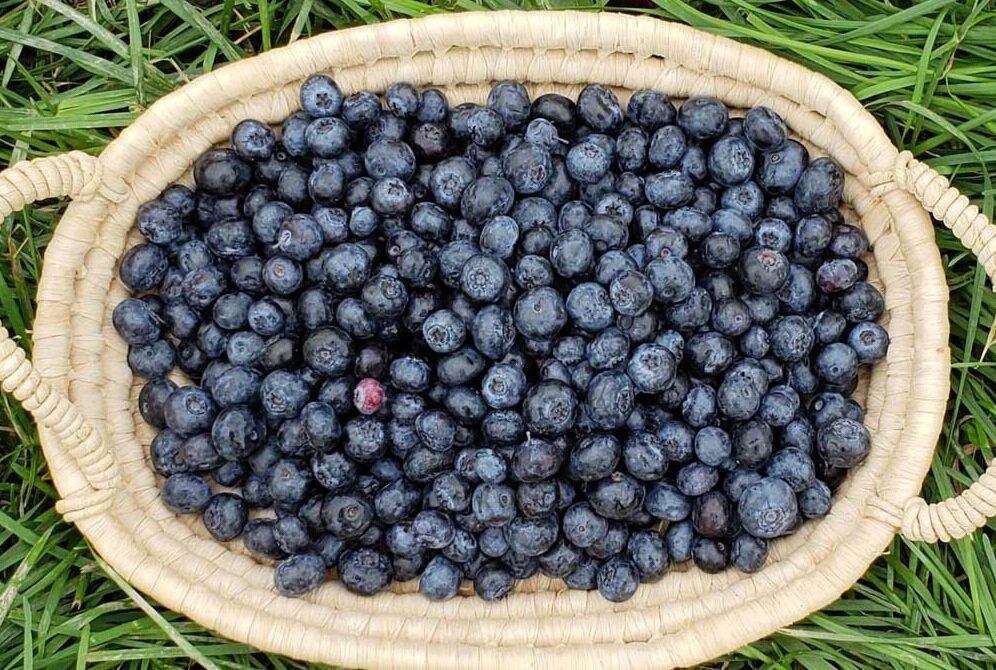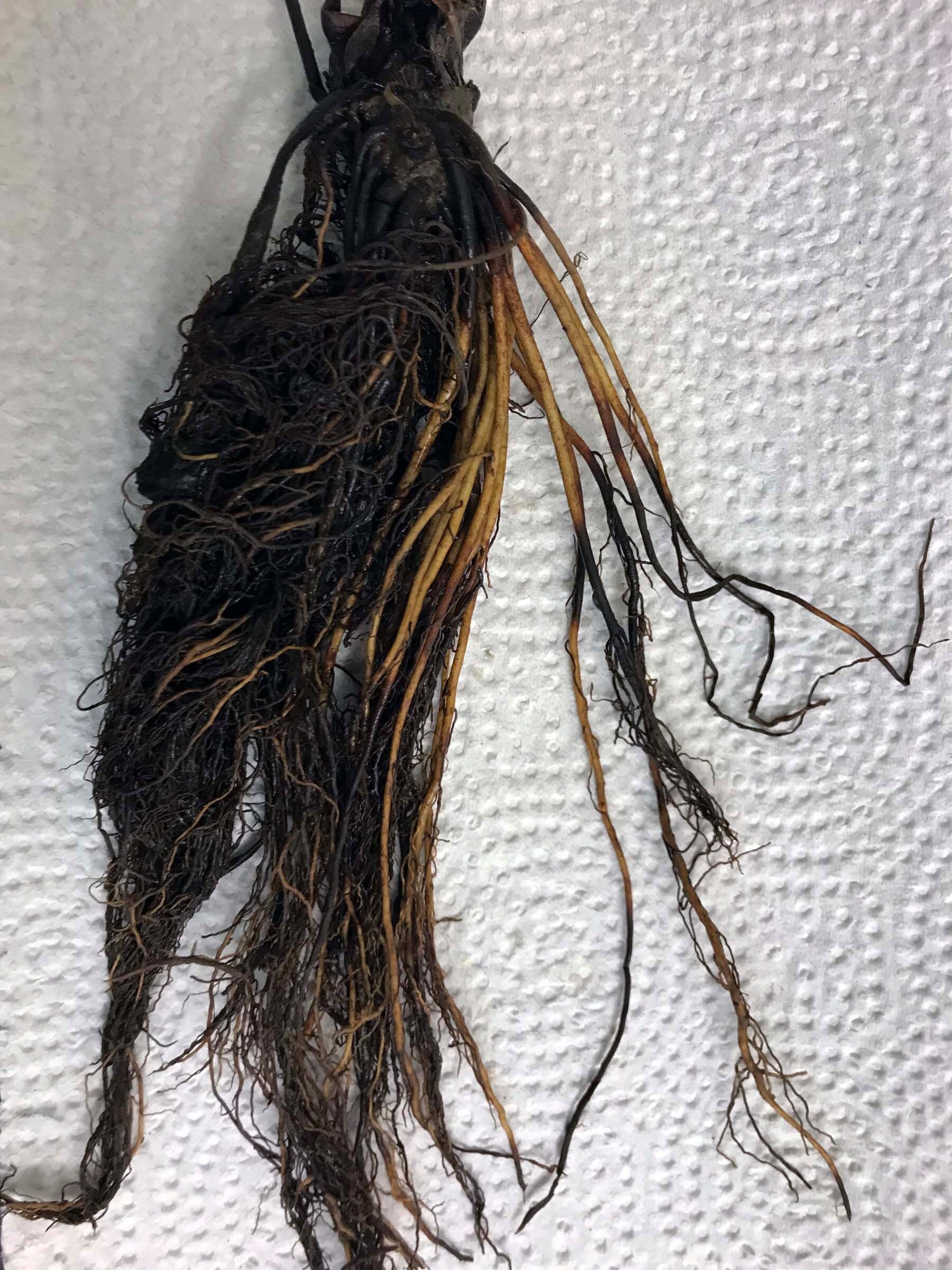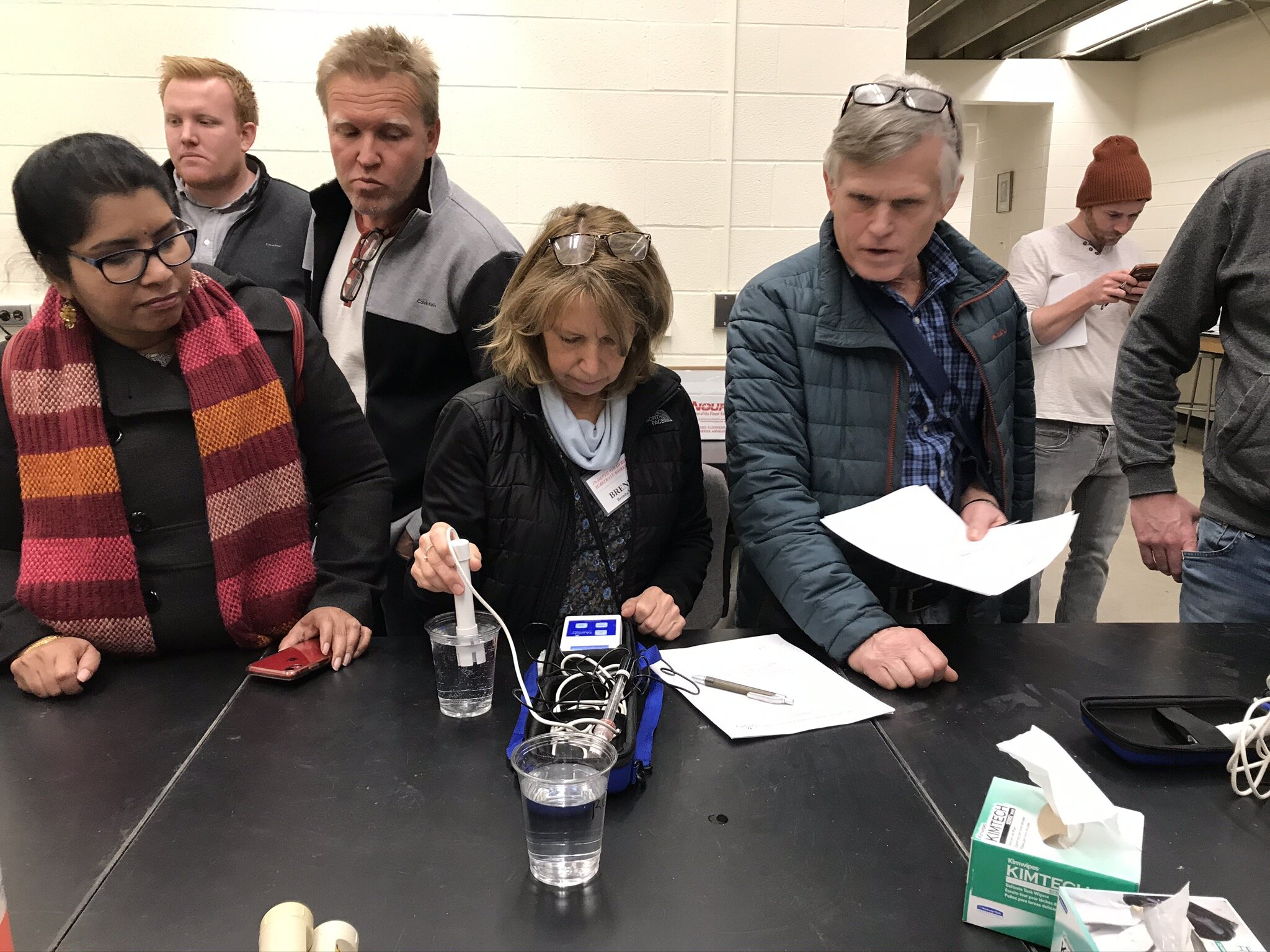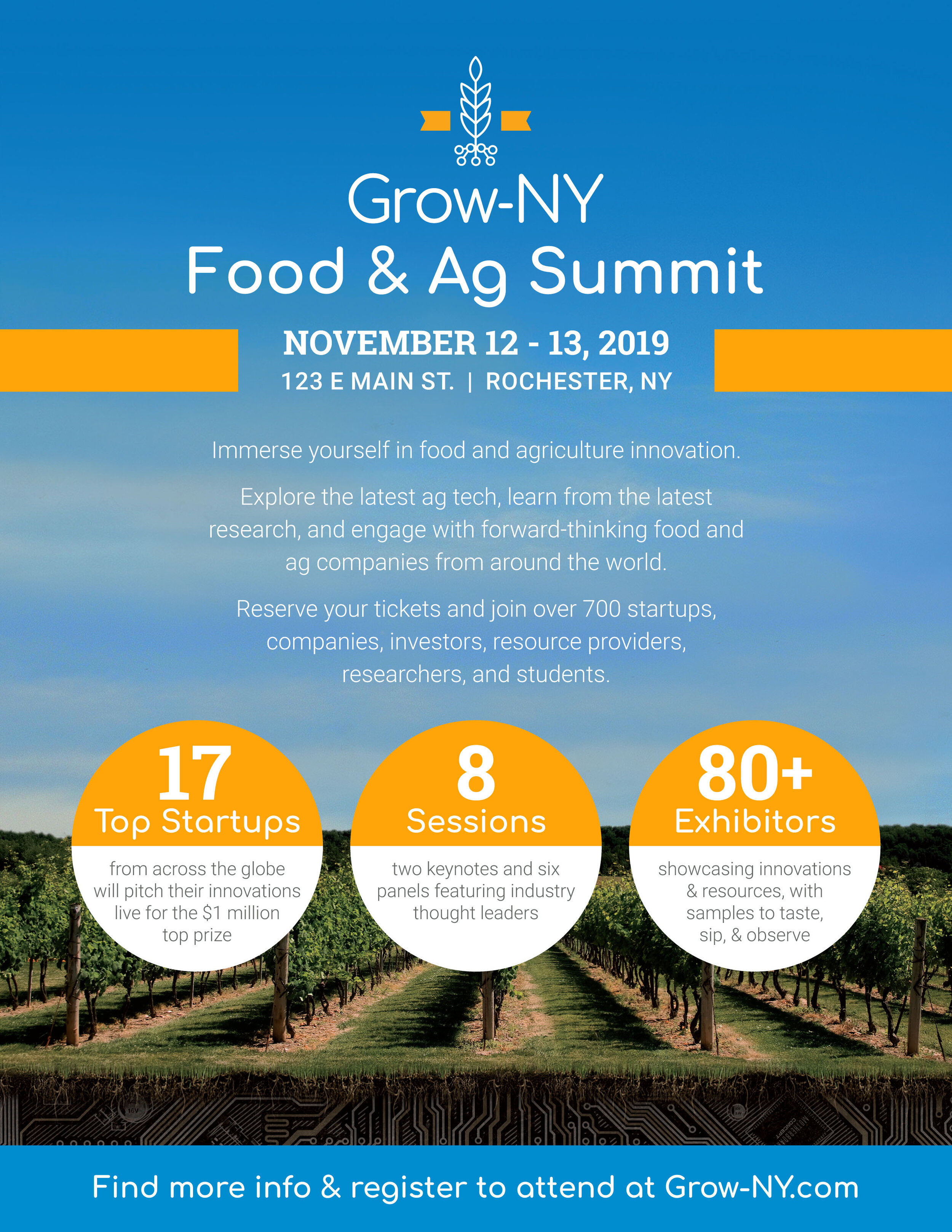By Dan Donahue, CCE-ENYCHP, Hudson Valley
Poorly maintained sprayers are a risk to the operator, the environment, and your checkbook. Protect yourself from potential contamination as you work on the sprayer. As we approach the start of the spray season, give each of your spray rigs a complete review, test, and calibration.
Items to check include:
· Tank integrity
· Condition of hoses, clamps, and belts
· Condition of tires
· Condition of the bearings, u-joints, CV joints and coupler in the PTO driveline.
· Is the pressure gage working?
· Are there any leaks?
· Is the agitation system working properly?
· Is the pump operating at its design pressure?
· Non-Viton pump seals or rollers (or equivalent) will require more frequent attention and replacement as they are less durable.
· Nozzles wear with use and are considered replacement items. Ceramic nozzles are the most durable, traditional brass nozzle wears much more quickly.
· Airblast sprayers are generally set up to apply 2/3 of the spray volume into the to half of the tree canopy.
Check your calibration. Many ways to do it. One easy way it to spray out a full tank of water on a measured orchard. 500 gallon tank at 100 gallons per acre will cover 5 acres. In this example, if your target rate was 2 lbs./A, but you cover 6 acres instead of 5, your actual rate is 1.67 lbs./A. No surprise if the pesticide does not work as expected. On the other hand, if covering 4 acres on a 5 acre tank increases your effective application rate from 2 lbs./A up to 2.5 lbs./A which may be off-label and increases your pesticide cost by 20%/A.
Consider slowing down: Excellent coverage is essential to good pesticide performance. Mite, Scale, and Oil applications require extra-thorough coverage, high water rates and reduced tractor speeds.
Alternate Row-Middle Spraying: When choosing to drive down every-other row middle, be certain that your sprayer is calibrated to apply the correct rate/A. If your sprayer is set up for every row-middle, but you drive every-other row middle, you will reduce the application rate/A. by half. If alternate row-middle spraying is your standard program, be sure to “alternate” the actual row-middles travelled with each application to ensure even coverage over time. Use a paint color scheme on the trellis anchor posts to denote which row middles are in the “A-Group”. Instruct your sprayer operators to drive the “A-Group” middles for one application, and then the alternative or “B-Group” middles for the next application, helping to minimize operator disorientation in the orchard.
Visit our airblast calibration article on the Produce pages.
